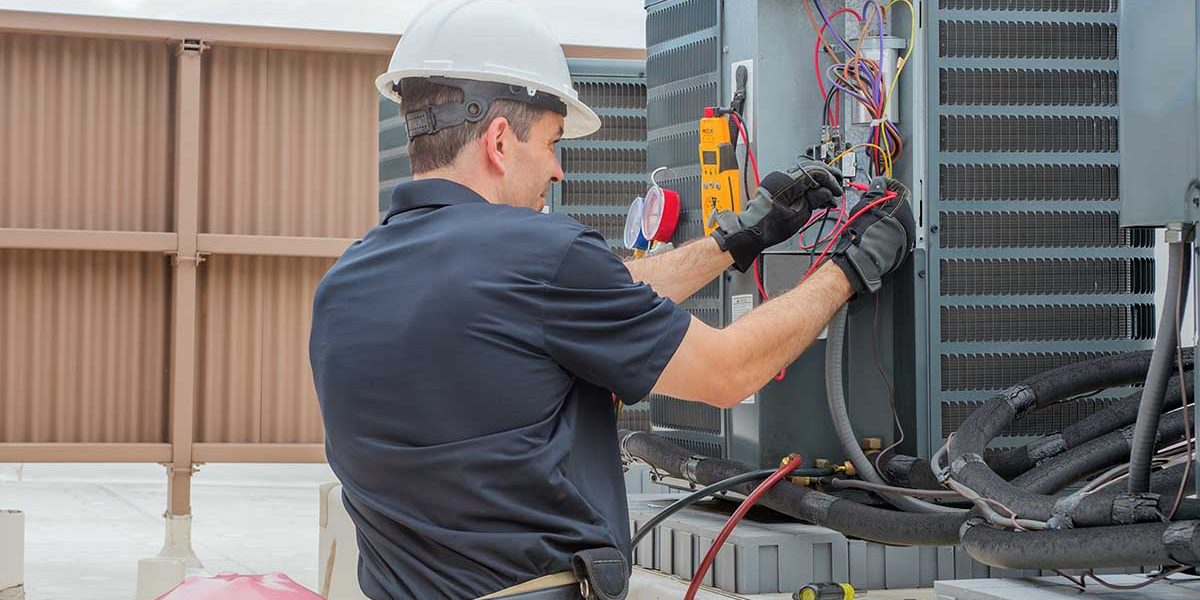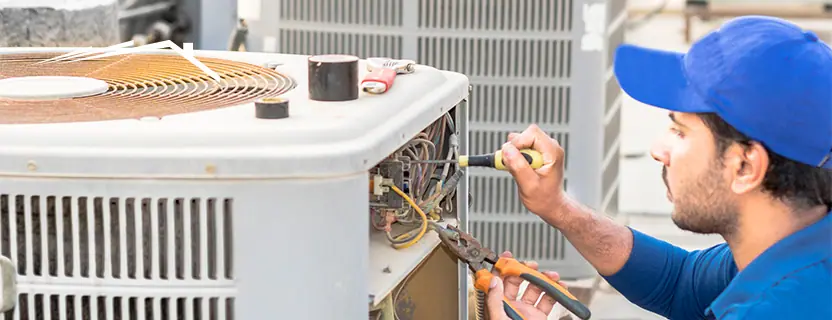How to Enhance Energy Effectiveness With Your HVAC System and Heating System Upgrades
As energy costs remain to climb, the importance of enhancing energy efficiency through cooling and heating system and heating system upgrades can not be overstated. Evaluating your current system's performance and thinking about energy-efficient options are crucial initial steps. In addition to picking designs with high SEER and AFUE ratings, maximizing thermostat setups and improving insulation can considerably impact overall performance. The journey towards making best use of power performance doesn't end there; understanding the subtleties of regular upkeep and its long-lasting advantages is equally vital. What are the certain techniques that can bring about substantial savings and enhanced convenience?
Assess Your Present System
Before getting started on any type of upgrades, it is vital to evaluate your present a/c system and furnace to understand their effectiveness and efficiency. This initial examination provides a foundation for identifying locations that require improvement and informs decisions regarding possible upgrades. Begin by taking a look at the age of your HVAC system, as out-of-date designs might do not have contemporary energy-saving functions.

Energy consumption documents will certainly also be critical in evaluating your system's functional costs. Think about conducting an expert energy audit to obtain a specialist evaluation of your system's efficiency.
Upgrade to Energy-Efficient Versions
Updating to energy-efficient designs is a crucial action in enhancing the overall performance of your HVAC system and heating system. These contemporary systems are created to take in much less energy while delivering optimal cooling and heating, resulting in significant price financial savings on energy costs and a reduced ecological footprint.
When considering an upgrade, seek designs that have high Seasonal Power Performance Ratios (SEER) for a/c and Yearly Fuel Application Effectiveness (AFUE) scores for heaters. These rankings indicate the efficiency of the systems, with greater numbers mirroring better performance. Energy-efficient designs frequently integrate sophisticated innovations, such as variable-speed electric motors and clever thermostats, which further boost energy savings.
Additionally, several energy-efficient heating and cooling systems are equipped with improved insulation and far better sealing, which reduce power loss and improve indoor comfort. hvac. While the first investment might be higher, the long-term financial savings on energy costs and prospective tax rewards for making use of energy-efficient devices can offset this expense significantly

Eventually, upgrading to energy-efficient designs not just adds to a more lasting future however also raises the comfort and performance of your home a fantastic read or organization.
Optimize System Settings
To make the most of the efficiency of your heating and cooling system and heating system, it is vital to enhance system setups tailored to your specific requirements. Beginning by establishing your thermostat to an energy-efficient temperature level. The U.S. Department of Energy recommends a winter season setting of 68 ° F when you are conscious and reducing it while you sleep or are away. In summertime, go for 78 ° F throughout the day.
Make use of programmable or smart thermostats that allow you to arrange temperature level changes immediately. This ensures your system runs only when essential, decreasing energy consumption. Furthermore, make certain that your system is set to run in the correct mode-- home heating in winter and cooling in summer season-- while staying clear of the continuous fan alternative unless required for air blood circulation.
Consider zoning systems that allow customized comfort in various locations of your home, further enhancing performance. By fine-tuning these settings, you can achieve significant energy cost savings while keeping a comfortable living atmosphere.
Improve Insulation and Sealing
A well-insulated home is essential to taking full advantage of the performance of your cooling and heating system and heating system. Proper insulation reduces Learn More the workload on these systems, consequently preserving energy and reducing utility expenses. Begin by evaluating your home's insulation in areas such as the attic, walls, and floors. Insulation products like fiberglass, foam, and cellulose can dramatically improve thermal resistance, assisting to maintain conditioned air inside and outdoor air out.
Along with insulation, sealing voids and splits is important. Pay unique focus to windows, doors, and any type of infiltrations in walls, such as electrical outlets and pipes fixtures. Weatherstripping and caulking can efficiently secure these openings, protecting against drafts that endanger your HVAC performance.
Furthermore, ensure that ducts are appropriately shielded and sealed. Dripping ducts can cause significant power losses, decreasing system efficiency. Utilizing mastic sealer or steel tape to seal duct joints can boost air flow and efficiency.
Arrange Regular Upkeep
Regular maintenance of your HVAC system and furnace is vital for making certain optimal performance and long life. Set up inspections and servicing can recognize possible issues before they intensify, protecting against expensive repair services and ineffectiveness. Throughout upkeep, a certified professional will certainly clean and replace filters, check refrigerant degrees, examine ductwork for leakages, and assess total system operation. This aggressive strategy not just enhances my sources energy performance yet also extends the lifespan of your equipment.
It is recommended to set up upkeep a minimum of two times a year-- once in the spring for the air conditioning system and once in the loss for the heating system. furnace repair. Regular maintenance assists maintain regular interior temperature levels, making certain convenience throughout the year. Additionally, a well-maintained system runs much more effectively, which can result in obvious reductions in power costs
Overlooking upkeep can cause decreased performance, boosted wear and tear, and inevitably, system failure. By focusing on normal service, homeowners can stay clear of unexpected break downs and guarantee their cooling and heating system and heating system operate at peak performance. Purchasing maintenance is a vital action in boosting power efficiency and creating a more sustainable home environment.
Verdict
In final thought, boosting energy efficiency within heating and cooling systems and heater upgrades is important for decreasing power intake and enhancing total comfort. A methodical technique that includes analyzing the current system, investing in energy-efficient versions, optimizing settings, boosting insulation, and organizing normal upkeep can lead to substantial advantages. Executing these methods not just decreases power expenses but also adds to a much more sustainable atmosphere, making it essential for property owners to prioritize these upgrades.